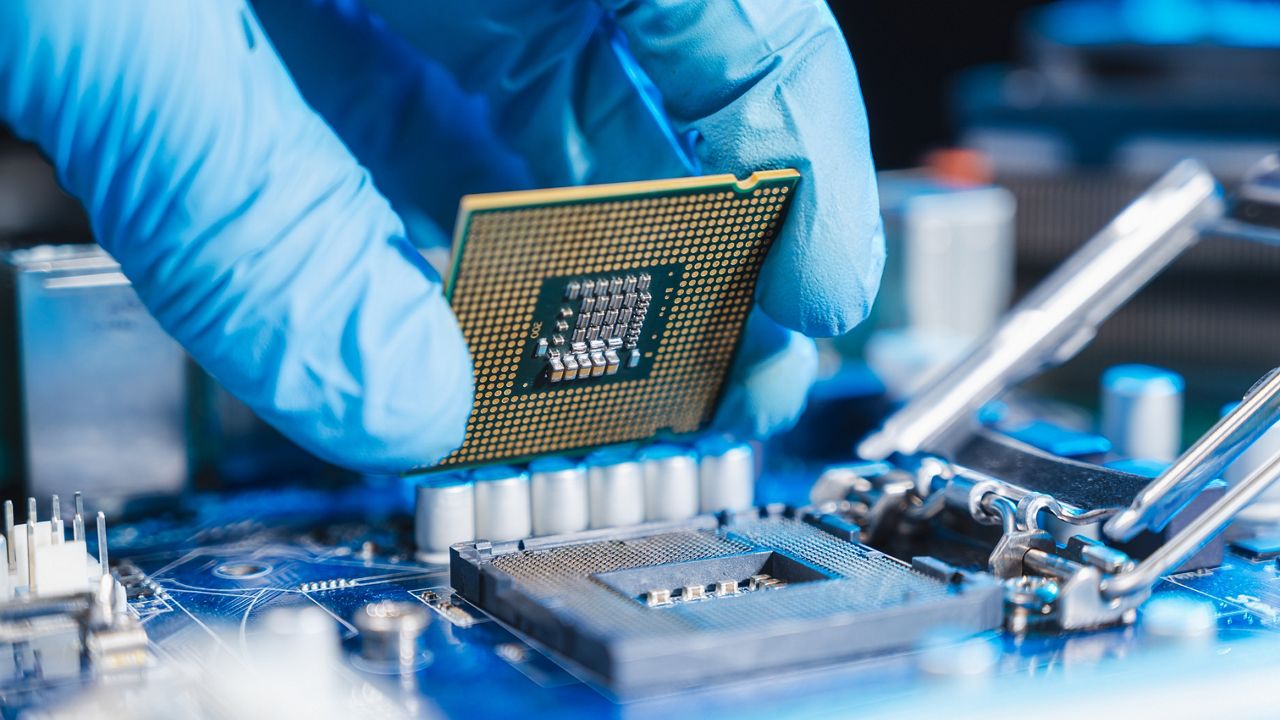HONOLULU — The University of Hawaii at Manoa is part of an innovation hub that was given $15.3 million to train students and interns in microelectronics, which are small electronic devices like the microchips in computers and cellphones.
The Department of Defense selected UH Manoa and six other institutions to be part of the Northwest AI Hub, which is one of eight microelectronic innovation hubs. In total, $238 million will be invested in the eight innovation hubs across the U.S., according to UH.
The funds come from the CHIPS and Science Act, signed by President Joe Biden, which is investing in the industries of tomorrow, including nanotechnology, clean energy, quantum computing and artificial intelligence.
The U.S. is a major innovator in microelectronics design, but only produces about 12% of microelectronics globally, with most production in Asia.
The Northwest AI Hub will be led by Stanford University and the University of California, Berkeley, and also includes Oregon State University, University of California, Davis, University of Washington, and Western Digital Corporation. The institutions will cover the entire chain of semiconductors, including materials, devices, data analysis, chip design, packaging and system prototyping.
The UH Manoa team, led by College of Engineering Professors Jeffrey Weldon and Boris Murmann, will focus on instructing on microfabrication techniques and integrated circuit design.
“The design component of our program will deliver hands-on, open-source course material for chip design that can be broadly shared with other universities,” Murmann said in a statement. “Students will learn how to design their own chips and our program provides funding for getting them fabricated through a commercial chip factory. Finally, the students will be able to test their microchips in the lab to complete this exciting end-to-end experience.”





